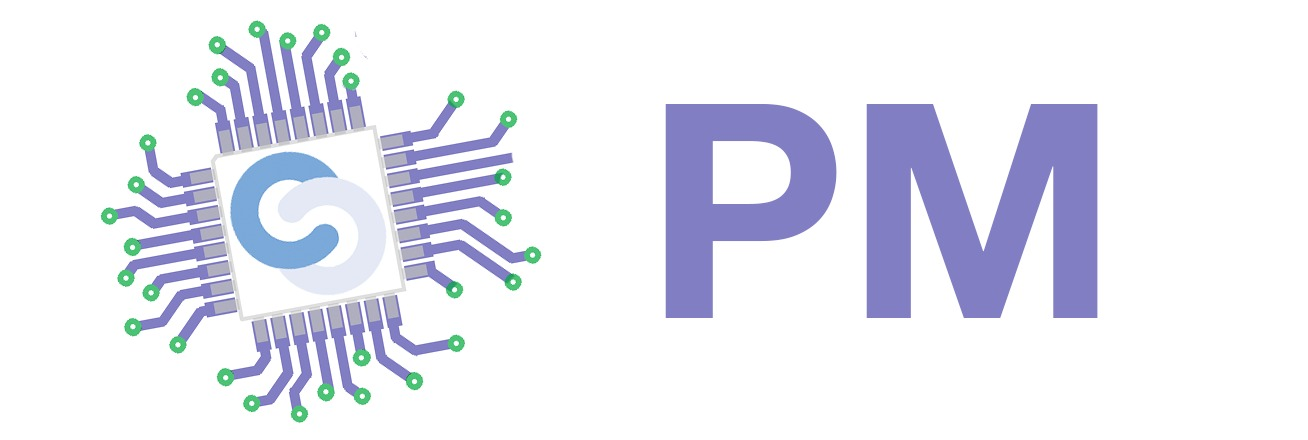DHT11 Temperature and Humidity sensor in the Cloud
Introducere
In this project, I will use a DHT11 Temperature and Humidity sensor and display the values on the Arduino IoT Cloud.![]()
-By placing the Arduino Board and the sensor on the breadboard, we will connect the jumper wires to the DHT11 SENSOR
Then, we will go on the Arduino IoT cloud page to configure our device and our network, create two variables as “temperature” and “humidity”.
We will create then a dashboard to the see the values given by the DHT11 sensor.
Once uploading the sketch, we will see the values updating live on the Dashboard page.
-Purpose: Being able to measure ourselves the humidity & temperature of the room using our browser or the Arduino IoT Cloud Remote application on our phone.
-Idea: By using our basic knowledge of Arduino and the browser, we can get accurate informations of our surroundings.
Descriere Generală
The Arduino MKR Wi-Fi 1010 is a prototype created for IoT projects. It will provide complete support for both the breadboard and DHT11 Temperature & Humidity Sensor. By connecting them, on the IoT Cloud, it will be able to give the measure of the humidity and temperature of the room.

Hardware Design
Lista piese alese:
- -Breadboard
- -DHT11 Temperature & Humidity Sensor
- -Arduino MKR Wi-Fi 1010
Software Design
To get started with this step, you will need some very basic knowledge of the Arduino IoT Cloud service.
- In the cloud, you need to create a new Thing, then configure your device and network.
- You should then add two “Read Only”, Float Variables named “temperature” and “humidity
- Now, you will need to create a Dashboard to see your values from your DTH11 sensor. Go to the Dashboards section, and build a new Dashboard.
- Inside, create two widgets: percentage and gauge. Then you need to link them:
- Gauge → temperature variable
- Percentage → humidity variable
- +At the end the code
Results



Conclusion
As my first project, I find that Arduino is an interesting world of technology especially for beginners! The Arduino DHT11 Temperature and Humidity sensor in the Cloud was fun to create and what made it more interesting is connecting it to the network and getting updated values concerning the temperature and humidity!
Download
Journal
- 21 April: project selection.
- 22 April - 11 may: Working on the project
- 19 may: Presentation of the project in class.
- 27 April-27 May: WikiPage (Creating, Modifying, Completing, Finishing)
- 27 may: Done.

